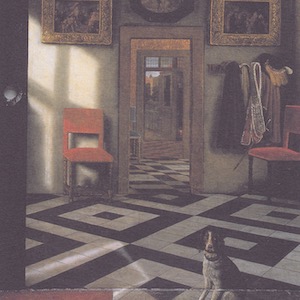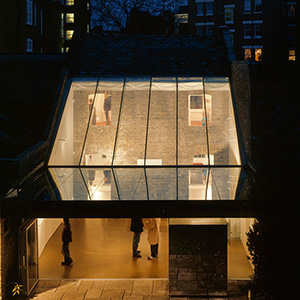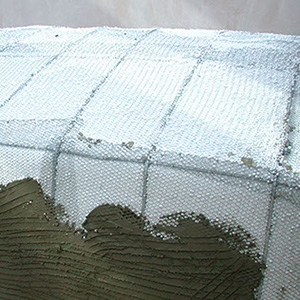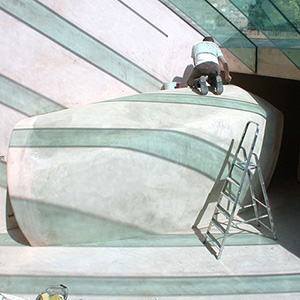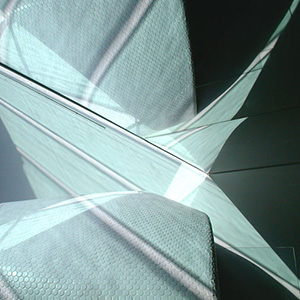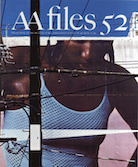
AA files 52 (2005)
On Things Forgotten: An Anatomy of Separation
"Looking at Hoogstraten’s optic box, one is reminded not only of the Flemish insistence on the continuum of domestic and urban space (through the telescopic collapse of five domestic chambers that connect street to alley, slate gives way to pine, to ceramic, to terracotta and then to sandstone) but also that there is something inherently nostalgic about optics – the bread and butter of seventeenth-century natural philosophy. A nostalgia that our corporeal existence fixes. While visuality is able to evolve, our eyes are always lenses and always subject to what Kepler described as the ‘artifice of observing’. That said, nostalgia organises more than a thinking about the passage of light in the project we look through when we peer into this letter-box: the house and garden is the site of my childhood. A complex reflective and reflexive architecture of separation is already inscribed in its topography and fabric, which, like the optic space of the project it generated, is both convoluted and of deceptive reliability. To return to this site with optics can only constitute a conscious auto-voyeurism. Amir will insist that mirror is just another material, and he is right, but he is also wrong. Mirror, or at least its reflective property, cannot help but trip us over the elusive threshold that separates physical from psychic space. Alice has been there. So too have Hitchcock, Loos, Wittgenstein, Soane, the glaziers of Versailles, Peeping Tom, Orson Welles, Freud and Bruce Lee, to name but a few. The baggage that mirror carries is a weighty excess. But what one might refer to as psychic space, here called into play by a radical separation of physical and optical space, will not mesh with the neat and enlightened determinism of optics. For a start, it is inherently both obscured and obscuring, as the term darkly so artfully introduces into ‘through a glass darkly’. This obscuring state is key here: the moment before you recognise mirror as mirror, when a suggestive and highly subjective, if not autobiographical, spatiality emerges. This is quite different from the prescriptive art of illusion that employs optics with a deterministic faith that is all about an exquisitely neat meshing. Just as the illusory space we perceive when spying into Hoogstratens’s Peepshow is radically more complex than that of the painted rectangular box we are looking at, the modernist plan of this project belies a perceptual spatial envelope which, in its convolutions and complexity, establishes an ambiguity that is distinctly unmodern. Unlike the anamorphic projection Hoogstraten deploys to such extraordinary effect, the drifting subject here has no position of ‘optical arrival’. Instead the project generates a series of optically reconfigured sites within the subject as he wanders through house, garden and private gallery, from each looking back onto the other, in which arrival – that is, singular resolution – is not found."

